Heat Press Temperature for Sublimation:
The ideal temperature range of 380°F (193°C) to 400°F (204°C) and follow the manufacturer’s recommendations for ink and paper.
Right temperature for sublimation isn’t just a detail, it’s the difference between sharp, lasting prints and wasted blanks. Press too hot and you’ll scorch the colors. Too cool and the design barely transfers.
We breaks down the exact heat and time settings for polyester, cotton blends, and more. For your pressing shirts or mugs, you’ll learn what works, what doesn’t, and how to dial in your setup for flawless results.
Start by checking your sublimation printer settings, even a small mismatch can throw everything off.
If your colors still look off after pressing, a sublimation color chart can help pinpoint where the problem starts.
Here’s what you’ll learn:
- Heat press settings for polyester, cotton, and 50/50
- Time and temperature charts in °F and °C
- Causes of fading, ghosting, and color shifts
- How fabric type affects print quality and durability
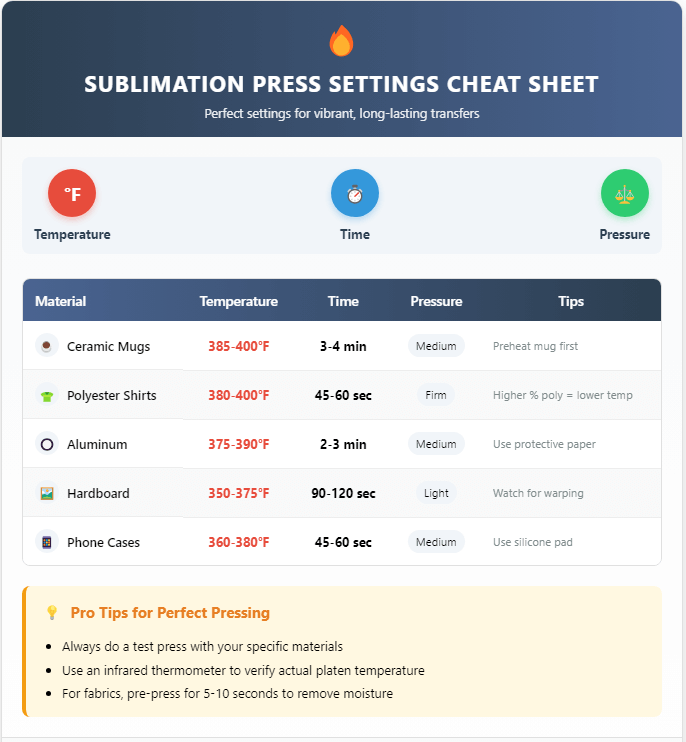
Heat Press Temperature for Sublimation
The ideal heat press temperature for sublimation is usually between 375 and 400°F (190 and 204°C), with a pressing time of 30-60 seconds depending on the material. Always check the specific recommendations for your blank product, such as mugs, shirts, or mousepads, to ensure the best results.
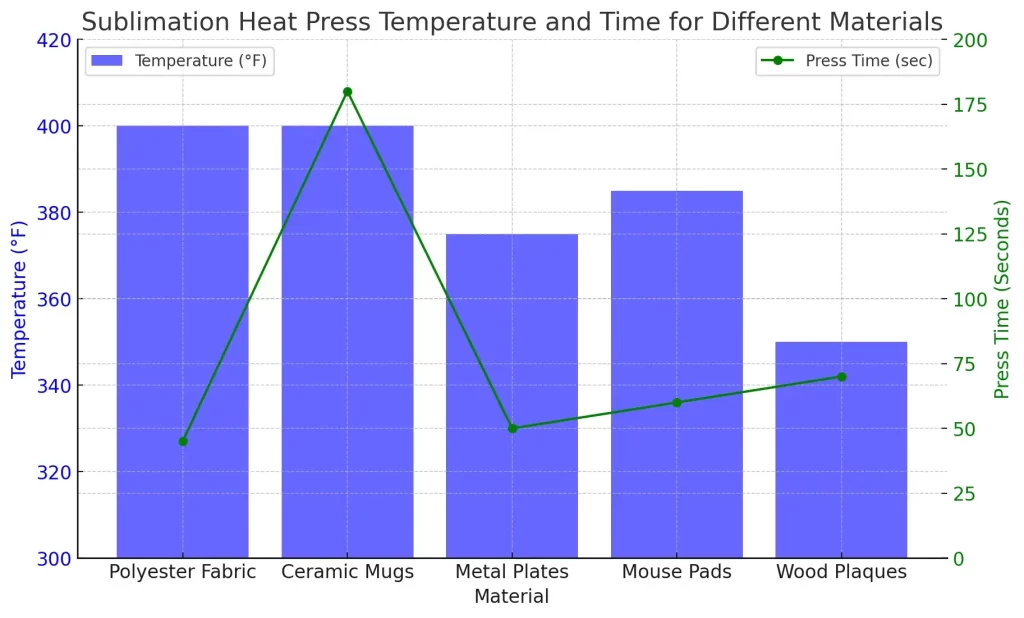
Heat Press Temperatures and Times (°F / °C)
| Substrate | Temp (°F) | Temp (°C) | Time (sec) |
|---|---|---|---|
| Polyester Fabric | 375–400°F | 190–204°C | 40–75 |
| 50/50 Blends | 310–330°F | 155–166°C | 15–30 |
| Ceramic Mugs | 375–400°F | 190–204°C | 180–240 |
| Tumbler (20 oz) | 375–390°F | 190–199°C | 240–360 |
| Metal Panels | 400–425°F | 204–218°C | 60–90 |
| Glass Blanks | 400–425°F | 204–218°C | 300–420 |
| Wood (MDF) | 385–400°F | 196–204°C | 60–90 |
| Notes |
|---|
| Pre-press for 5 sec to remove moisture |
| Colors will appear more faded than 100% poly |
| Use mug press with tight pressure |
| Rotate halfway if using convection oven |
| Face-up pressing, use protective sheet |
| Allow slow cooling, avoid sudden temp changes |
| Use medium pressure, protect edges from scorch |
Table of Temperature Chart by Item:
| Substrate | Press Time (seconds) | Temperature (°F) | Pressure (psi) |
|---|---|---|---|
| Ceramic Mugs | 150-210 | 370-400 | 40 (medium) |
| Metal | 60-80 | 375-400 | 40 (medium) |
| Ceramic & Glass Tile | 300-720 | 380-400 | 40 (medium) |
| Polyester Fabric | 45 seconds | 380-400 | 40 (medium) |
| 50/50 Blend | 15 to 30 seconds | 310 to 330 | (medium) |
Tips
- Ceramic Mugs: Start timer countdown when mug and mug-press are up to temp. Remove transfer once mug is cool.
- Metal: Use heat-resistant tape around the edge of the transfer and a non-stick sheet when possible.
- Ceramic & Glass Tile: Press tiles from the back (transfer side down) into a silicone pad. Use caution with pressure to prevent breakage.
- Polyester Fabric: For brighter colors, use a high white-point polyester fabric with a tight weave.
| Substrate | Press Time (seconds) | Temperature (°F) | Pressure (psi) |
|---|---|---|---|
| Square Sequins Pillow Case | 45-55 | 380-400 | 40 (medium) |
| Soft L’INK T-Shirts | 35-40 | 380-400 | 40 (medium) |
| Vapor Apparel | 45-55 | 380-390 | 40 (medium) |
| UNISUB Products | 60 | 380-400 | 40 (medium) |
| FR Plastic | 45-90 | 380-400 | 40 (medium) |
Tips
- Square Sequins Pillow Case: Use a pressing pillow and Non-stick sheet for best results. The cloth side can also be used for sublimation.
- Soft L’INK T-Shirts: Pre-press shirt to eliminate moisture. Tack the transfer and use a Non-stick sheet to avoid ghosting.
- Vapor Apparel: See www.Vaporapparel.com for more information.
- UNISUB Products: Remove any plastic coating if present. Peel transfer away as soon as possible.
- FR Plastic: Use a Non-stick sheet when possible. Remove any plastic coating if present.
7 Pro Tips for Mastering Heat Press Temperature
Achieving perfect sublimation results depends heavily on precise temperature control. Follow these expert tips to ensure vibrant, long-lasting transfers every time:
1. Always Start with Manufacturer Guidelines
- Check the recommended temperature range for your specific substrate (mug, shirt, etc.).
- Begin at the lower end of the range and adjust gradually to avoid scorching or fading.
2. Use the Gradual Increase Method
- Start with a low temperature and increase in 5–10°F (3–5°C) increments between test presses.
- This prevents overheating and helps find the sweet spot for color vibrancy.
3. Balance Time & Temperature
- Lower temp? Increase press time slightly.
- Higher temp? Reduce press time to avoid dye migration or scorching.
- Example: 380°F for 45 sec vs. 400°F for 30 sec (adjust based on material).
4. Adjust for Different Materials
- Polyester fabric: Higher polyester content = slightly lower temps.
- Ceramics/Metals: Require steady heat for full ink penetration.
- Plastics/Hardboard: Easily damaged—strictly follow guidelines.
5. Test, Test, and Test Again!
- Never skip test prints—waste one blank to save a whole batch.
- Keep a log of settings (temp, time, pressure, results) for future reference.
6. Prevent Dye Migration & Scorching
- Dye migration (color bleeding) happens when heat is too high—stay within recommended ranges.
- Scorching/yellowing? Reduce temperature or press time.
- Blurry prints? Likely too much heat or shifting during pressing.
7. Use Extra Heat Press Hacks
- Pre-press fabrics to remove moisture and wrinkles.
- Verify actual temp with an infrared thermometer (heat press dials can be inaccurate).
- Cold peel vs. hot peel? Follow transfer paper instructions for best durability.
Final Tip: Consistency is Key!
- Small adjustments make a big difference—track your settings and refine over time.
🔥 Master these tips, and your sublimation prints will always look professional and vibrant!
Heat Press Settings Comparison Table
| Product | Temperature (°C) | Time | Pressure |
|---|---|---|---|
| Polyester Fabric | 200 to 205 | 35 to 40 seconds | Medium |
| Ceramic Mugs | 190 to 200 | 20 seconds | Medium to Firm |
| Ceramic Plates | 190 to 200 | 60 seconds | Medium |
| Metal Tumblers | 160 to 170 | 25 seconds | Medium to Firm |
| Umbrellas | 190 to 195 | 45 seconds | Medium |
| Neoprene Items | 200 to 205 | 40 seconds | Medium |
| Metal Items | 190 to 200 | 60 seconds | Medium |
| Face Masks | 240 to 245 | 45 seconds | Medium |
| Over Heat Transfer Vinyl | 175 to 180 | 30 to 35 seconds | Medium |
| Canvas | 185 to 190 | 40 seconds | Medium |
| Polyester Cushions | 200-205 | 35 to 40 seconds | Medium |
Tips:
- – Pre-press fabric for 5-10 seconds before printing.
- – Let mugs cool on the press for 1 minute after pressing.
- – Remove plastic coating from ceramic plates before pressing.
- – Use thermal tape on curved surfaces of metal tumblers.
- – Avoid contact with plastic parts when sublimating umbrellas.
- – Thoroughly clean the press before sublimating neoprene items.
- – Use an absorbent sheet in the press for metal items.
- – Remove the inner cotton layer from face masks if present.
- – Apply vinyl first and let it cool before sublimating over heat transfer vinyl.
- – Pre-press canvas before sublimating.
- – Pre-press polyester cushions like a shirt.
Fabric Prep and Test Press Setup
Getting your substrate ready before pressing makes a huge difference in print clarity and color transfer. Always start with a quick pre-press (3 to 10 seconds) to remove moisture and flatten wrinkles. This helps prevent ghosting and uneven results, especially on polyester fabric.
Use lint rollers, tack spray, and blow-out or Teflon sheets to keep your press clean and your design crisp. For curved or heat-sensitive items, wrap them snugly and secure the design using heat-resistant tape at the edges to avoid shifting.
Before jumping into production, always run a test press. It’s the easiest way to spot color loss, banding, or pressure issues. Only change one variable at a time-temperature, time, or pressure, so you know what’s working and what isn’t.
Once you dial in the sweet spot, record those settings for that specific material and design. It’ll save you from wasting blanks and guessing later.
Troubleshooting & Pro-Level Tips
Sublimation doesn’t always go as planned, but most issues trace back to just a few culprits. If your print looks faded, check your heat and time first. Low temps or short pressing time can weaken color, especially on blends below 60% polyester.
Ghosting usually means your transfer paper shifted or the pressure wasn’t firm enough. Tape down the edges and use a snug press to lock the design in place.
For yellowing or scorch marks, you’re likely overheating or pressing for too long. Moisture in the fabric can also cook under high heat pre-pressing helps prevent that.
When dealing with ceramic, metal, or glass, blotchy transfers often mean pressure is uneven. Try placing a silicone pad or pressing mat underneath to even it out.
Want better color accuracy? Switch to ICC color profiles tailored to your printer and ink combo. Also, if you’re working on cotton, use HTV, EasySubli, or coated polysheets to make the design stick.
Quality sublimation paper, heat-resistant tape, and calibrated press mats all add up to cleaner, more reliable prints.
How Hot Should My Heat Press Be for Sublimation?
Successful sublimation depends on having the right temperature for your heat press. The recommended temperature is usually between 380°F (193°C) and 400°F (204°C).
Following the specific guidelines provided by your sublimation paper and ink manufacturers is crucial. With these instructions, you can ensure that your materials receive vibrant and long-lasting prints through optimal heat settings.
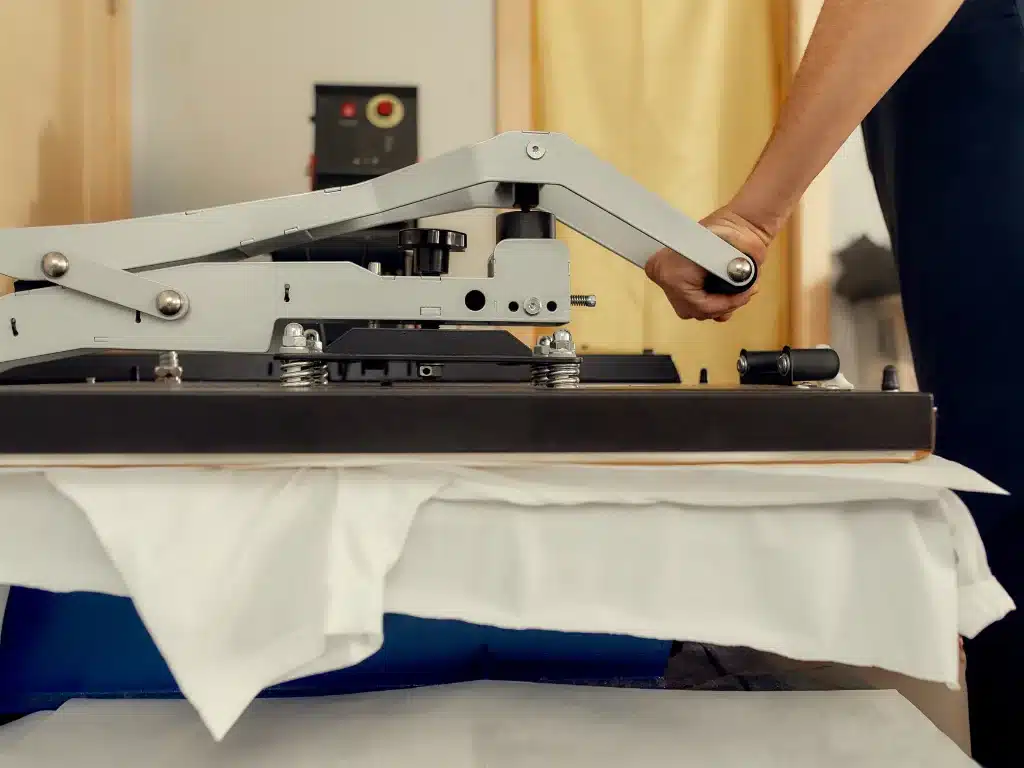
What Temperature Do You Sublimate 100% Polyester?
Sublimating 100% polyester requires specific temperature settings to achieve optimal results. It is advisable to set the heat press temperature between 380°F (193°C) and 400°F (204°C) for sublimating 100% polyester fabric.
This temperature range allows the sublimation inks to vaporize and bond effectively with the polyester fibers, resulting in vibrant and long-lasting prints.
Temperature chart for a sublimation heat press machine:
| Material | Temperature (°F) | Temperature (°C) |
|---|---|---|
| Polyester | 380-400 | 193-204 |
| Ceramic | 400-420 | 204-216 |
| Aluminum | 400-420 | 204-216 |
| Glass | 380-400 | 193-204 |
| Wood | 380-400 | 193-204 |
| Cotton | 380-400 | 193-204 |
| Nylon | 380-400 | 193-204 |
| Spandex | 380-400 | 193-204 |
| Leather | 380-400 | 193-204 |
| Linen | 380-400 | 193-204 |
What Heat Settings and Time for Sublimation?
Heat press settings and time play a crucial role in sublimation printing. Here are general guidelines to follow:
- Pressure: Apply medium to high pressure on the heat press machine to ensure proper ink transfer onto the substrate.
- Time: The recommended time for sublimation can vary depending on the substrate and equipment. As a starting point, a pressing time of 45-60 seconds is commonly used for sublimation printing.
- Note: It’s essential to experiment and perform test prints to determine the best settings for your specific equipment and materials.
What Setting Do You Heat Press a Shirt for Sublimation?
The ideal temperature for sublimating on 100% polyester is between 380-400 degrees Fahrenheit. For 65% polyester, the temperature can be slightly lower, around 375-385 degrees Fahrenheit. Sublimation is not possible for cotton because it is a natural fiber that does not absorb dye.
Table of sublimation temperatures for different fabric compositions:
| Fabric Composition | Temperature (°F) |
|---|---|
| 100% Polyester | 380-400 |
| 65% Polyester, 35% Cotton | 375-385 |
| 100% Cotton | Not possible |
| Acrylic | 370-400 |
| Nylon | 375-390 |
| Spandex | 370-385 |
What Heat Press Setting for 100% Polyester T-Shirts?
Sublimating 100% polyester t-shirts requires similar heat press settings as mentioned earlier. Set the temperature between 380°F (193°C) and 400°F (204°C), apply medium to high pressure, and use a pressing time of 45-60 seconds.
Remember to refer to the specific recommendations provided by your sublimation ink and paper manufacturers for optimal results.

Can you sublimate at 325 degrees?
No, you cannot sublimate at 325 degrees Fahrenheit. The ideal temperature for sublimation is between 380-400 degrees Fahrenheit. At 325 degrees Fahrenheit, the dye cannot vaporize and transfer to the substrate.
If you try to sublimate at 325 degrees Fahrenheit, you will likely have a blurry or faded image. In some cases, the image may not transfer at all.
To achieve the best results, use above given range when sublimating. First test your settings on a scrap piece of material for better outcome.
Mug Press Temperature & Time Guide
🔥 Recommended Settings
- Temperature: 385-400°F (196-204°C)
- Time: 180-240 seconds (3-4 minutes)
- Mug Type: Sublimation-coated ceramic
🫖 Mug Specifications
- Material: Ceramic
- Coating: Sublimation
- Care: Hand wash only
- Avoid abrasive cleaners
⚙️ Press Instructions
- Preheat press to temperature
- Secure mug with design facing element
- Press for recommended time
- Cool completely before handling
⚠️ Pro Tips
Always do a test press! Different mugs may need slight adjustments. Keep a log of your best settings for consistent results.
Always refer to the guidelines provided by your sublimation ink and paper manufacturers for the best results.
Care and Longevity Tips
The right press settings don’t just make your prints look good, they help them last longer too. But care after pressing matters just as much.
For apparel, always wash in cold water, turn garments inside-out, and avoid bleach or harsh detergents. This preserves both color and fabric quality over time.
Hard-surface items like mugs, tumblers, and metal signs should be hand-washed only. Dishwashers can wear down the coating and fade the design early.
When temperature, time, and pressure are dialed in correctly during sublimation, the transfer bonds deep into the surface. That’s what gives your prints their sharp edges and long-lasting vibrancy, wash after wash, sip after sip.
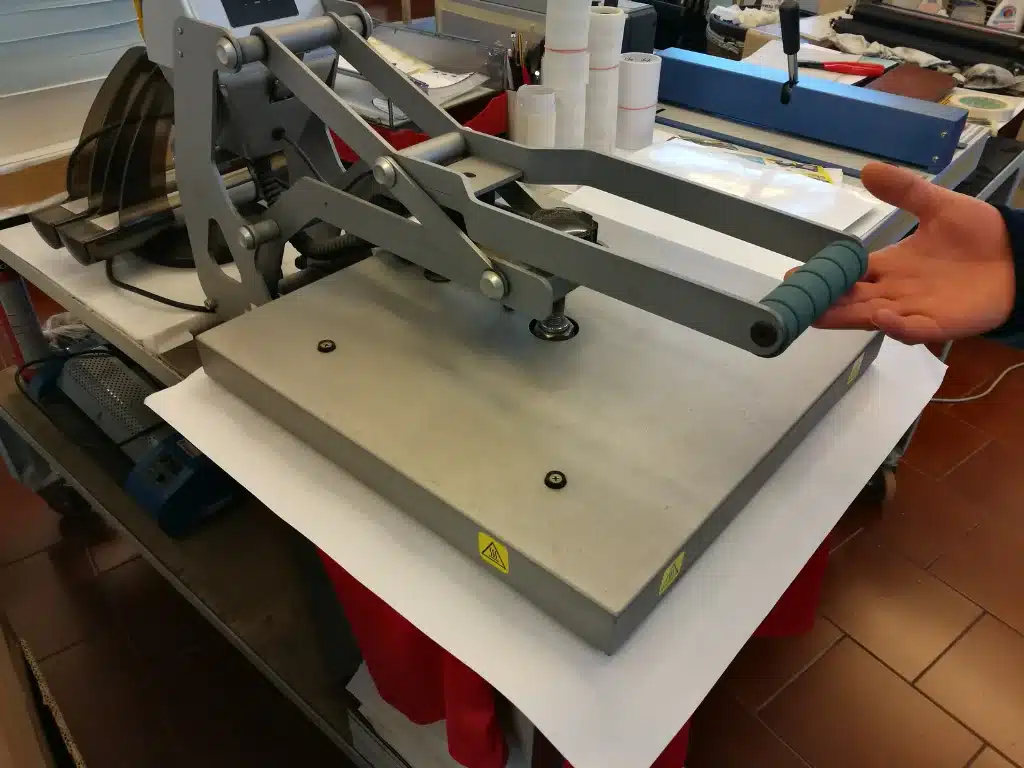


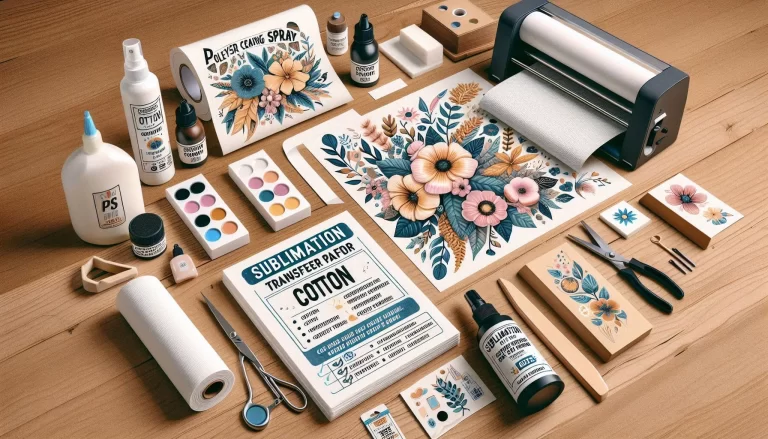
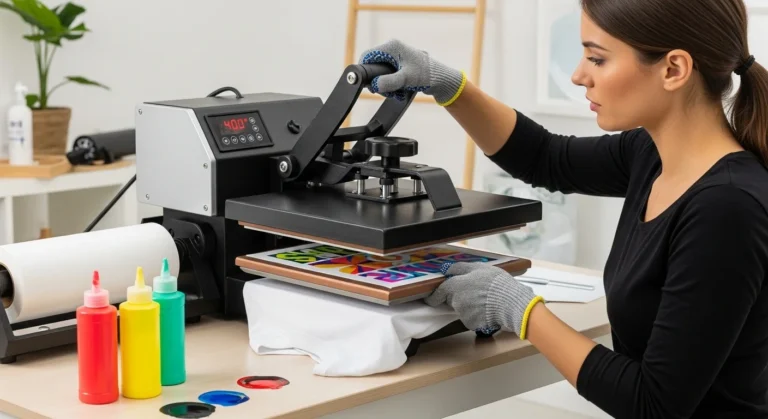
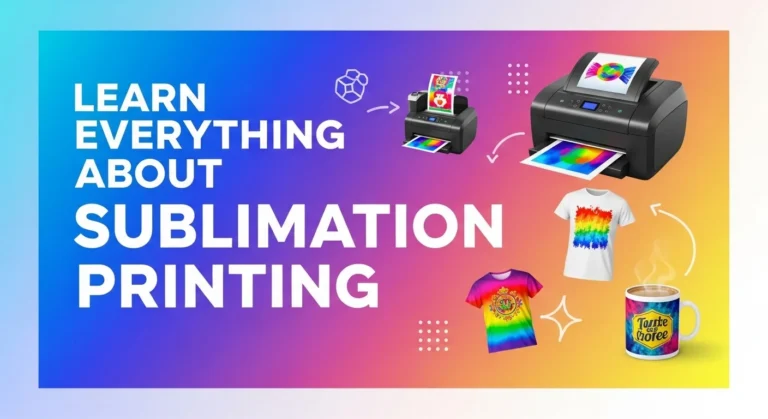
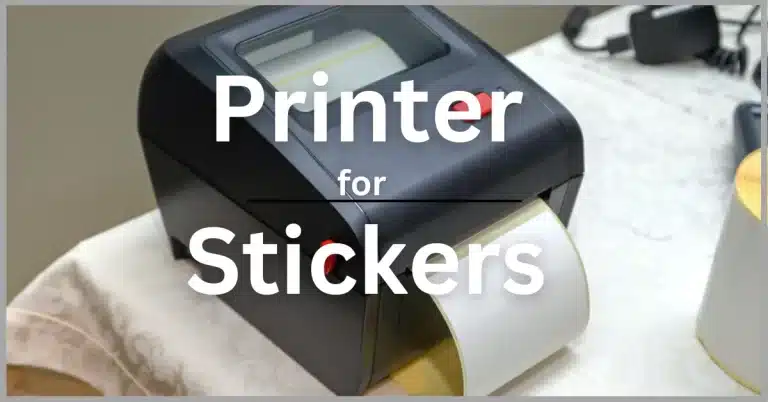
2 Comments